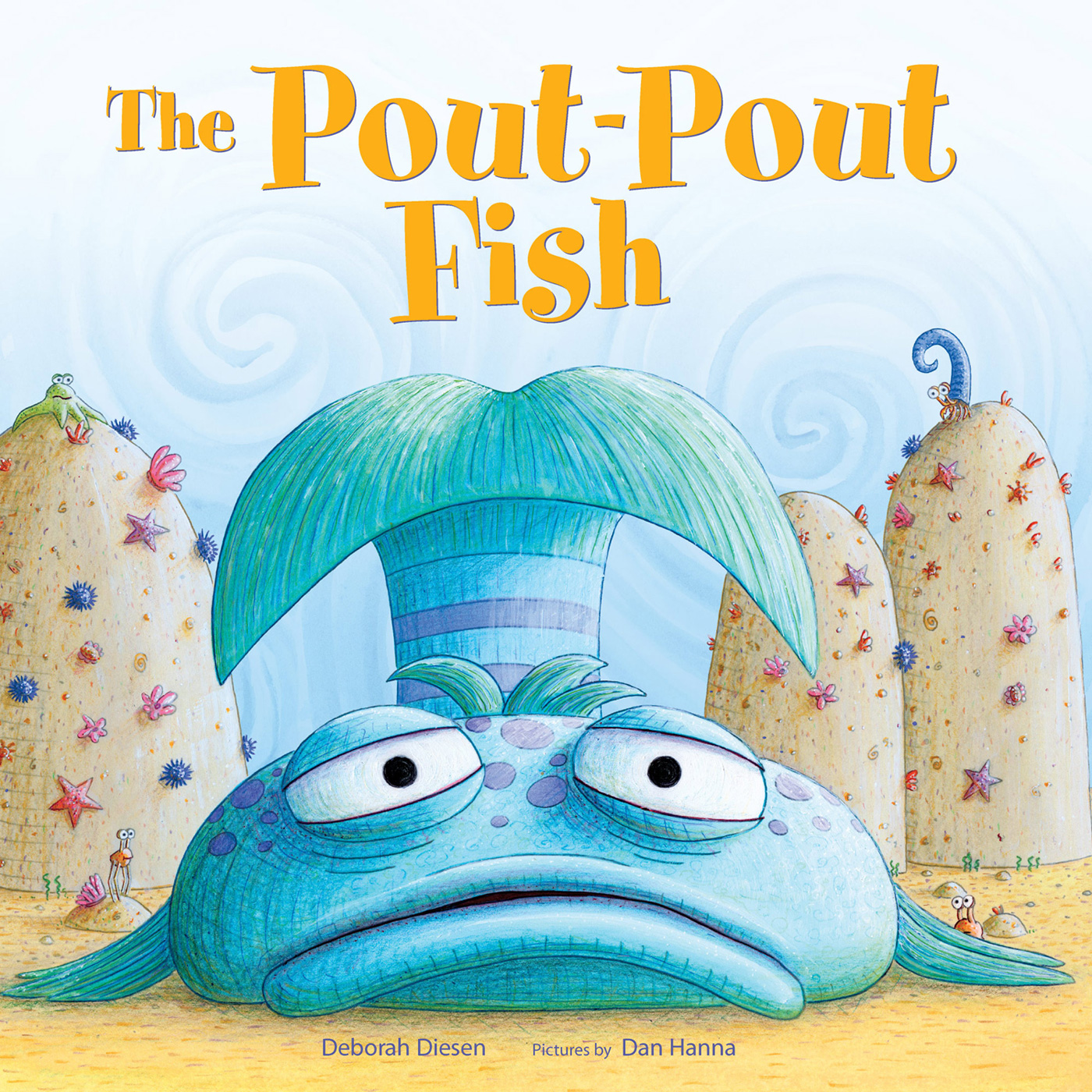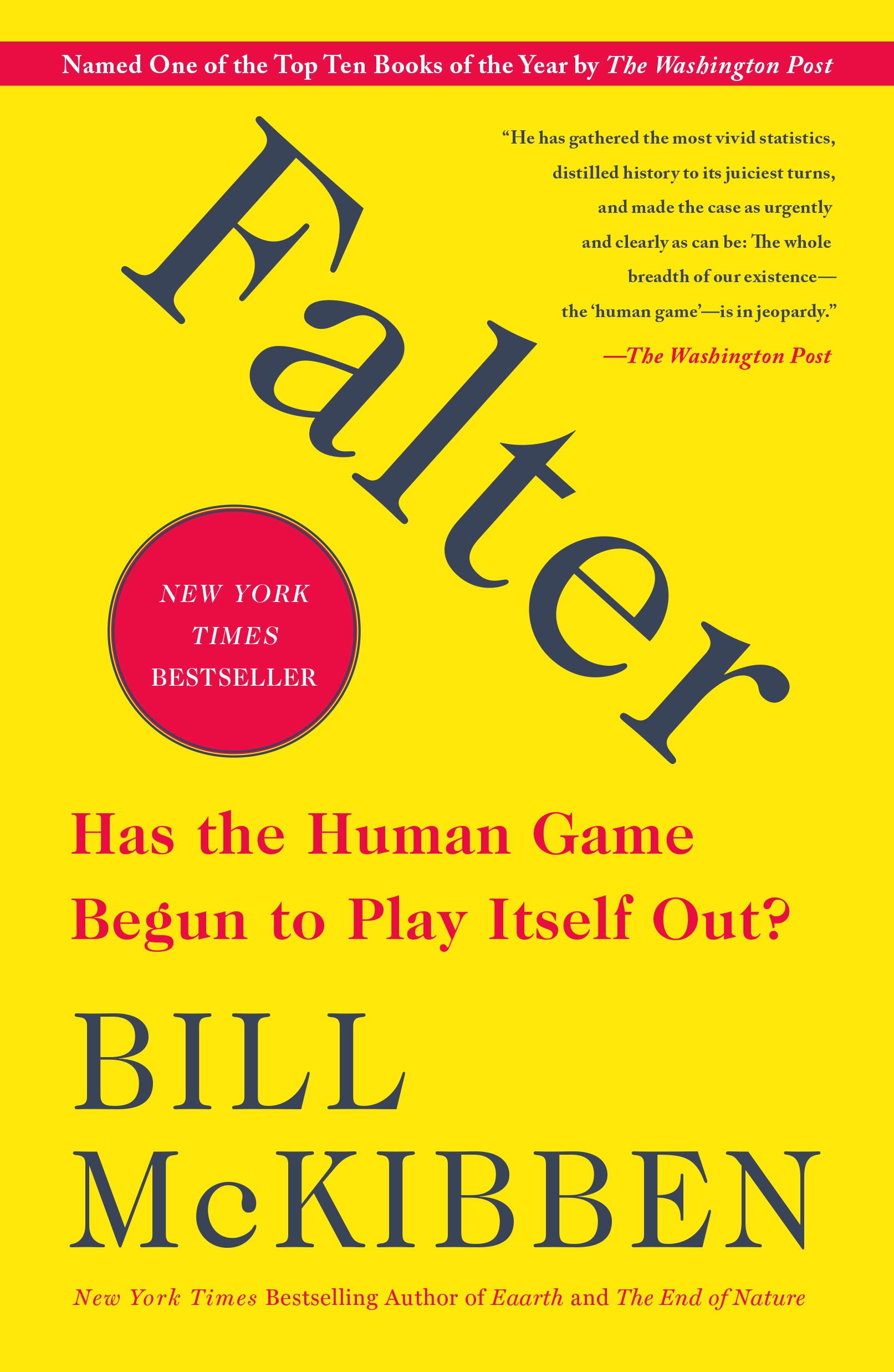Colorimetric Determination Of Nitrate Plus Nitrite In Water By Enzymatic Reduction, Automated Discrete Analyzer Methods
by United States Geological Survey (usgs)
2021-01-12 22:55:46
Colorimetric Determination Of Nitrate Plus Nitrite In Water By Enzymatic Reduction, Automated Discrete Analyzer Methods
by United States Geological Survey (usgs)
2021-01-12 22:55:46
This report documents work at the U.S. Geological Survey (USGS) National Water Quality Laboratory (NWQL) to validate enzymatic reduction, colorimetric determinative methods for nitrate + nitrite in filtered water by automated discrete analysis. In th...
Read more
This report documents work at the U.S. Geological Survey (USGS) National Water Quality Laboratory (NWQL) to validate enzymatic reduction, colorimetric determinative methods for nitrate + nitrite in filtered water by automated discrete analysis. In these standard- and low-level methods (USGS I-2547-11 and I-2548-11), nitrate is reduced to nitrite with nontoxic, soluble nitrate reductase rather than toxic, granular, copperized cadmium used in the longstanding USGS automated continuous-flow analyzer methods I-2545-90 (NWQL laboratory code 1975) and I-2546-91 (NWQL laboratory code 1979). Colorimetric reagents used to determine resulting nitrite in aforementioned enzymatic- and cadmium-reduction methods are identical. The enzyme used in these discrete analyzer methods, designated AtNaR2 by its manufacturer, is produced by recombinant expression of the nitrate reductase gene from wall cress (Arabidopsis thaliana) in the yeast Pichia pastoris. Unlike other commercially available nitrate reductases we evaluated, AtNaR2 maintains high activity at 37C and is not inhibited by high-phenolic-content humic acids at reaction temperatures in the range of 20C to 37C. These previously unrecognized AtNaR2 characteristics are essential for successful performance of discrete analyzer nitrate + nitrite assays (henceforth, DA-AtNaR2) described here. Method detection levels (or limits; MDL) estimated for standard- and low-level DA-AtNaR2 nitrate + nitrite methods were 0.02 milligrams nitrogen per liter (mg-N/L) and 0.002 mg-N/L, respectively, which are comparable to 2010 NWQL long-term MDLs of the continuous-flow analyzer, cadmium-reduction methods (henceforth, CFA-CdR) they replace. Typically, reagent-water blanks for standard- and low-level DAAtNaR2 nitrate + nitrite methods are one half MDL or less. Nitrate + nitrite concentration differences for between-day replicates were 3 percent or less at or above 5 times the MDL and were as great as 35 percent near the MDL. Typically, nitrate
Less






























